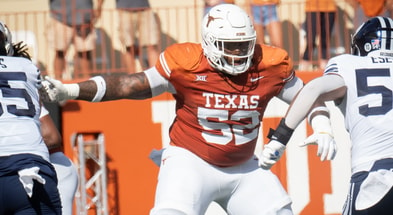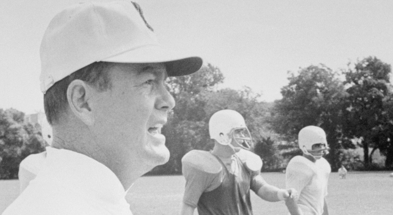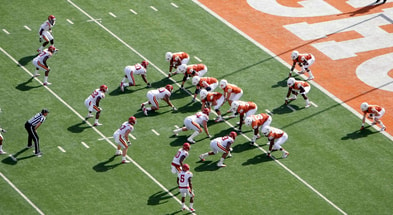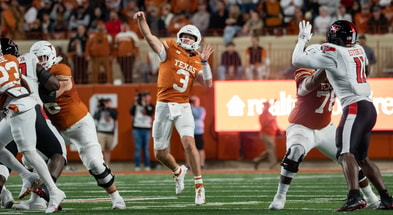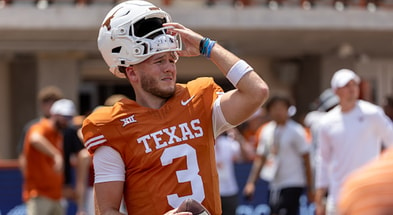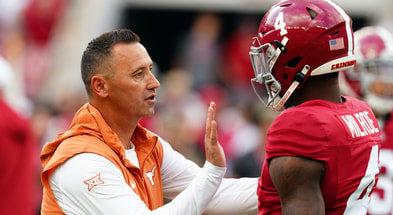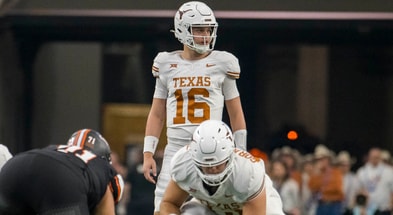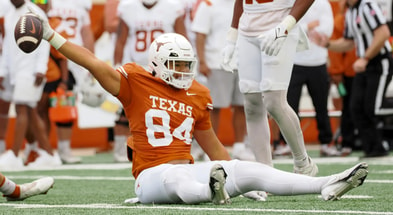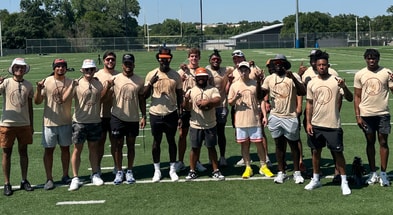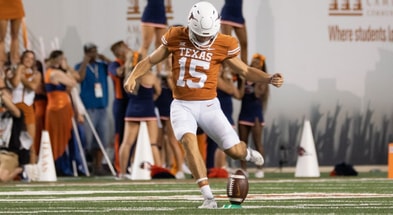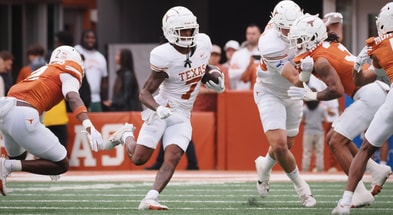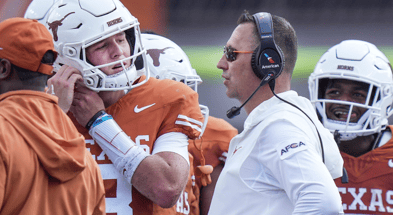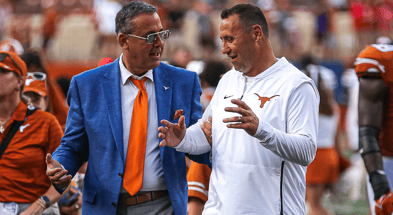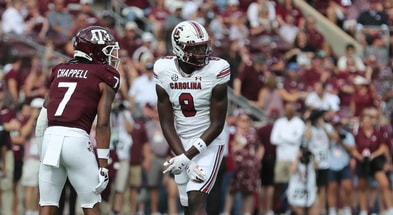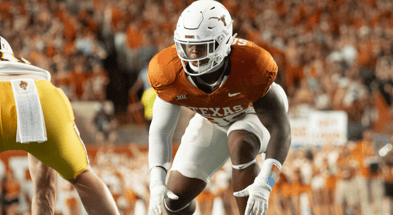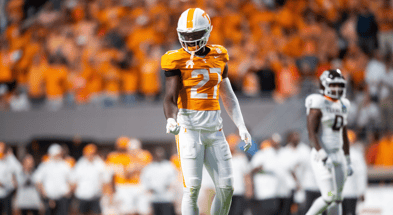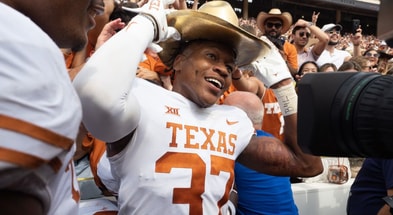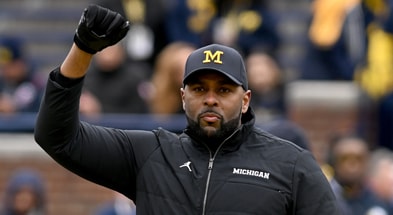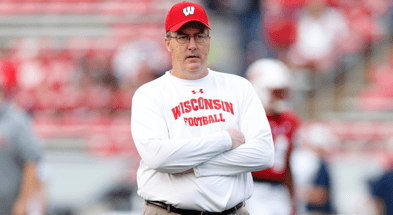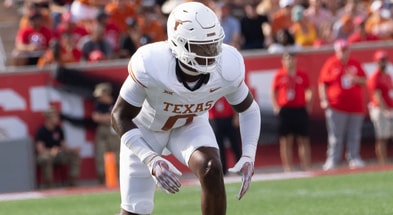Begin the centennial celebration of Darrell K Royal-Texas Memorial Stadium
Thursday marks 100 days until the Texas Longhorns kick off the 2024 season against the Colorado State Rams at Darrell K Royal-Texas Memorial Stadium on August 31 in the sweltering Central Texas heat.
[Sign up for Inside Texas and get ONE MONTH for $1!]
This milestone is important, but so too is another related to the No. 100.
The longtime home of the Texas Longhorns, Texas Memorial Stadium and now Darrell K Royal-Texas Memorial Stadium, turns 100 years old this year.
The stadium, designed by Herbert M. Greene and built by Walsh and Burney of San Antonio, opened in 1924 and replaced its the Longhorns’ previous home in Clark Field. According to the minutes for the December 19, 1923 Board of Regents meeting in Galveston, UT president William Seneca Sutton explained that “a movement for a stadium had been started at the Main University, which movement had been endorsed by a general convocation of the students, by the University Administrative Council, and by the General Faculty, and that the approval of the Regents is now desired.”
That explanation was spurred by athletics director L. Theo Bellmont, for whom the west side of Darrell K Royal-Texas Memorial Stadium is named.
The meeting laid out further details about the future home of the Varsity. A 12-person board would oversee the project. The location would be “the east side of the enlarged campus between Waller Creek and Red River Street.”
The next update for the board would take place during the March 18, 1924 meeting of the regents in Austin. On campus, students and faculty raised $166,000 “without the exercise of undue pressure upon any individual.” That’s a total around $3 million in modern funds. Eventually, students and alumni financed the entire estimated $275,000 cost of the structure.
The task was completed in time for Texas’ November 8 game against the Baylor Bears. E.J. Stewart’s team entered the contest 3-2-1 with wins over Southwestern, Phillips, and Howard Payne, losses at SMU and Rice, and a tie against Florida in the final game at Clark Field.
Baylor arrived in Austin 4-2 and 2-0 in Southwest Conference play. Here’s how Lloyd Gregory of the Austin Statesman described the day.
“On the virgin turf of the Varsity Memorial Stadium and amid colorful and what should have been inspiring surroundings, the Texas Longhorns were forced Saturday to drink to the dregs from the bitter cup of defeat, pressed relentlessly to their lips. Fifteen thousand grid-mad fans saw Texas gamely “drink it’s hemlock” presented by Frank Bridges and his mighty Baylor Bears. Baylor, playing alert, heads-up ball triumphed over a Longhorn eleven that played indifferent football by a 28-10 margin.“
Gregory’s report goes on to praise the Bears for unique formations and their 21-point spurt in the fourth quarter of the first game at Texas Memorial Stadium. Texas was praised for its valiant though futile attempts at a comeback with 27 pass attempts. In another section, Gregory said Texas was “completely mystified” on a play design that resulted in two Bear touchdowns. Baylor would go on to win the Southwest Conference that year.
Further down page eight of the Statesman, there’s a headline that reads “MEMORIAL STADIUM TO BE FULL TURKEY DAY, IS BEING PREDICTED.” That would prove to be true.
Texas Memorial Stadium may have opened against the Bears but it was officially dedicated to the Texans who fought in World War I on November 27, 1924. Texas defeated an Agricultural and Mechanical College team that entered Austin 7-1-1 with only a defeat at Baylor and a tie at SMU as blemishes on their ledger. One touchdown was scored in that game in front of 36,000 fans. UT’s Stookie Allen caught a touchdown pass that the Waco News-Tribune described as having “ricocheted from the arms of three other players this afternoon” as part of a 7-0 win over the Aggies.
The victory over A&M, according to News-Tribune reporter Tom Whitehead, turned “what otherwise would have been the most dismal football year in the annals of Texas Longhorns into one of honor and glory.”
Last year, the Longhorns played the 100th season in Texas Memorial Stadium. This year marks the 100th anniversary. That’s an event Texas plans to mark with celebration, especially as it enters its first campaign as members of the Southeastern Conference.
Texas athletics director Chris Del Conte said in February there will be a number of celebrations of the constantly-growing stadium’s centennial.
Those celebrations may include some of the most important games the program has ever taken part in. The opening game of SEC play is in late September against Mississippi State. About a month later, the Longhorns welcome the Georgia Bulldogs to Austin. Considered the No. 1 team going into the 2024 season, the matchup should garner considerable national attention and has a good chance of being a top-five matchup if not a battle between No. 1 and No. 2. It also has a good chance of breaking the previous attendance record of 105,213 set in 2022 when Alabama defeated Texas in Austin.
Many of the memorial aspects of Darrell K Royal-Texas Memorial Stadium remain to the modern day. Plaques honoring soldiers who fell in battle during World War I from every Southwest Conference school line the northern exterior of Texas Memorial Stadium. At the stadium’s northwest corner is the original bronze tablature that displays the names of every UT student and faculty member who fought and died in the Great War. In 1977, the stadium was re-dedicated to veterans of all wars.
Though Royal’s name was added to the stadium in the 1990s, the three-time national champion coach and veteran himself only approved the change if it retained the “Texas Memorial Stadium” moniker. It did, and though many call the Longhorns’ stadium “DKR” it remains an edifice in honor of the US soldier first and foremost.
[Subscribe to the brand new Inside Texas YouTube channel!]
Fittingly enough, Texas hosts the Florida Gators in Austin this year on November 8. That day not only will be a celebration of veterans in a stadium dedicated to them, but also a celebration of 100 years of Longhorn football on a little plot of land between Waller Creek and Red River Street designed to be a gridiron over a century ago.
